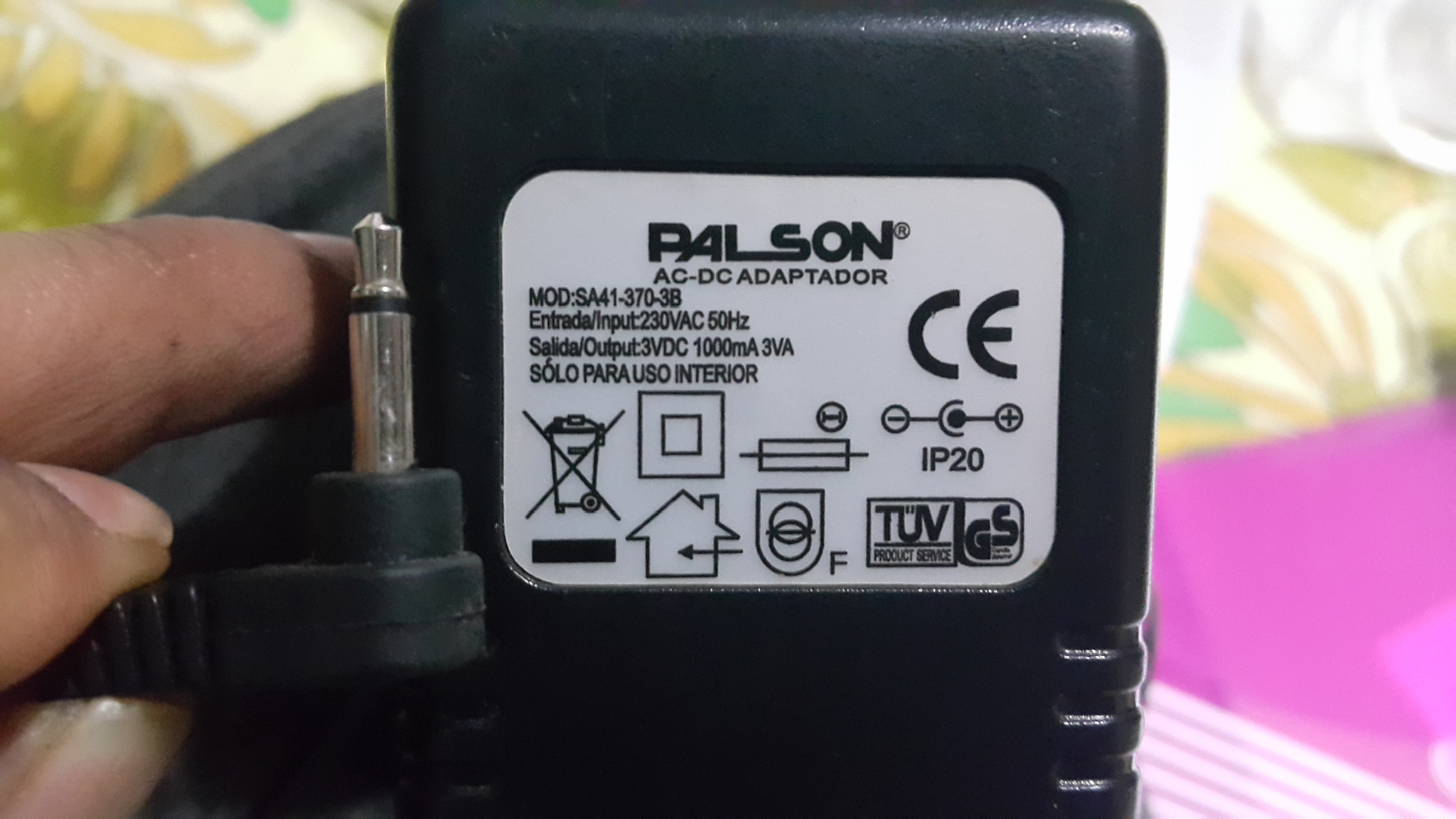I'm a complete electronics newbie.
I have a auto fish feeder that takes 2 AA (1.5V) batteries. After changing the batteries quite often I got curious to find out if the feeder can be modified to run using the electricity at home. Some research led me to find these:
- The AC current has to be converted to DC
- An adapter is needed that converts 220V AC to 3V DC
- I need a multimeter
So I looked around and found an adapter at home which says: Output:3VDC 1000mA 3VA. I actually have no clue what that means but I'm guessing that it will output the 3V required to run the auto feeder.
Bought a multimeter and used it to measure the output of the adapter. I was expecting to see 3.00.
Nope. I'm getting a reading of 6.46 every time.
So this is my question - is it OK to go ahead and wire the adapter to the fish feeder despite the higher reading? Will everything magically work or something is sure to blow up? Will adding some register help? I would've gone ahead to find out if the feeder was available in my Country. I imported it from the US so I don't want to mess it up.
Could you guys please give me advice on how I can accomplish what I'm trying to do? I'm totally ok to start from scratch.
EDIT: As for the adapter, it's from an electric shaver and this is how it looks: 

